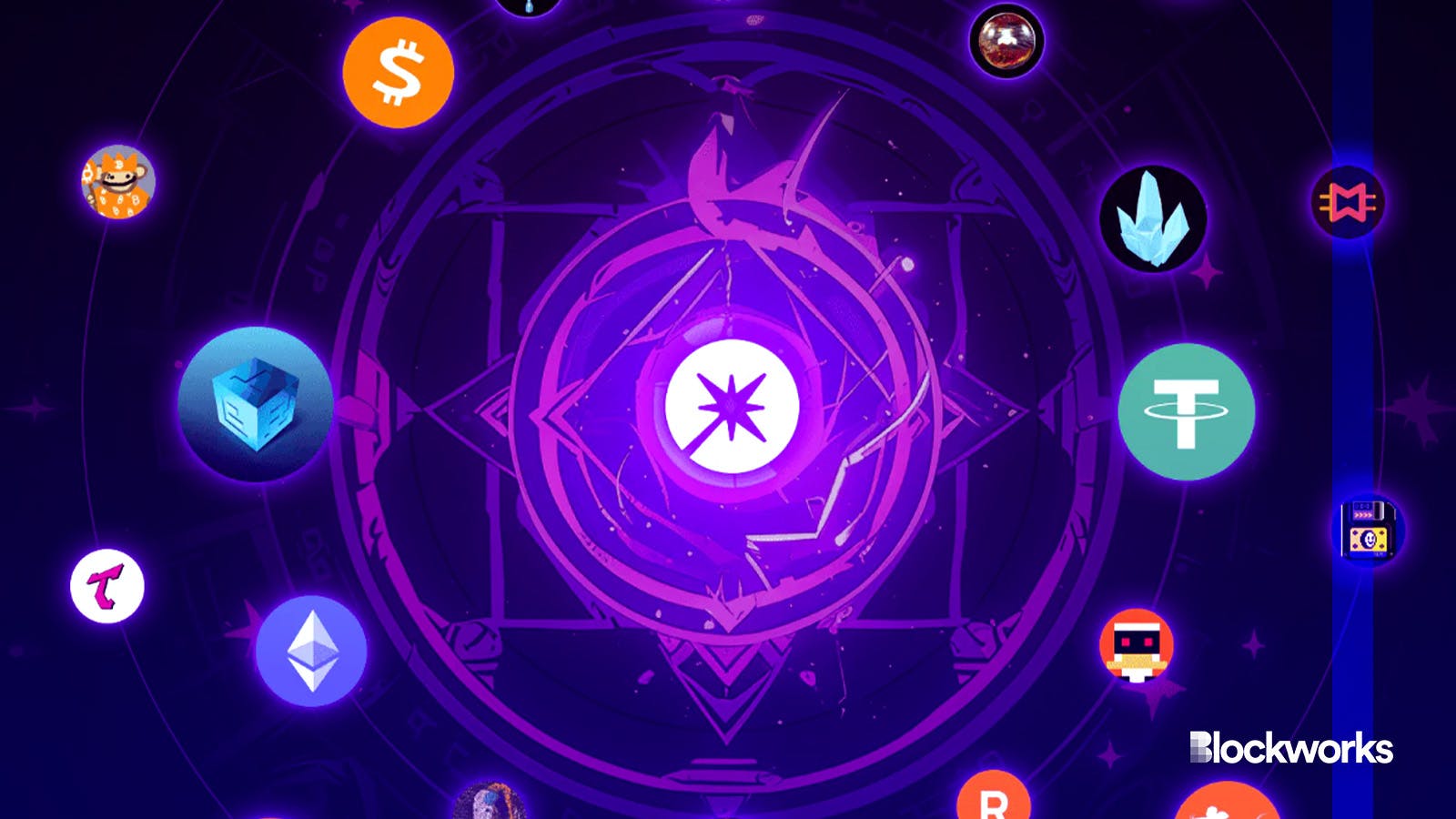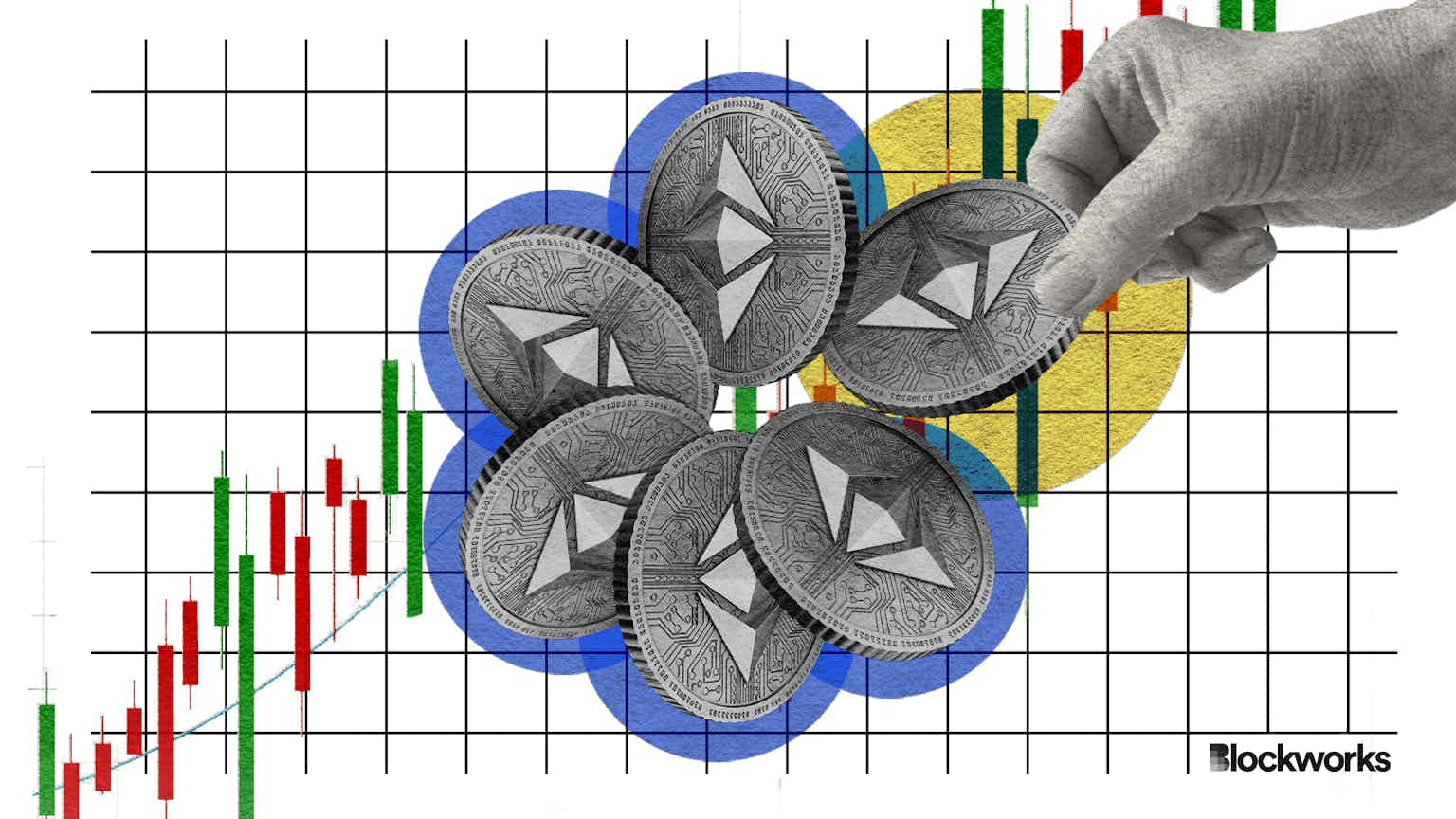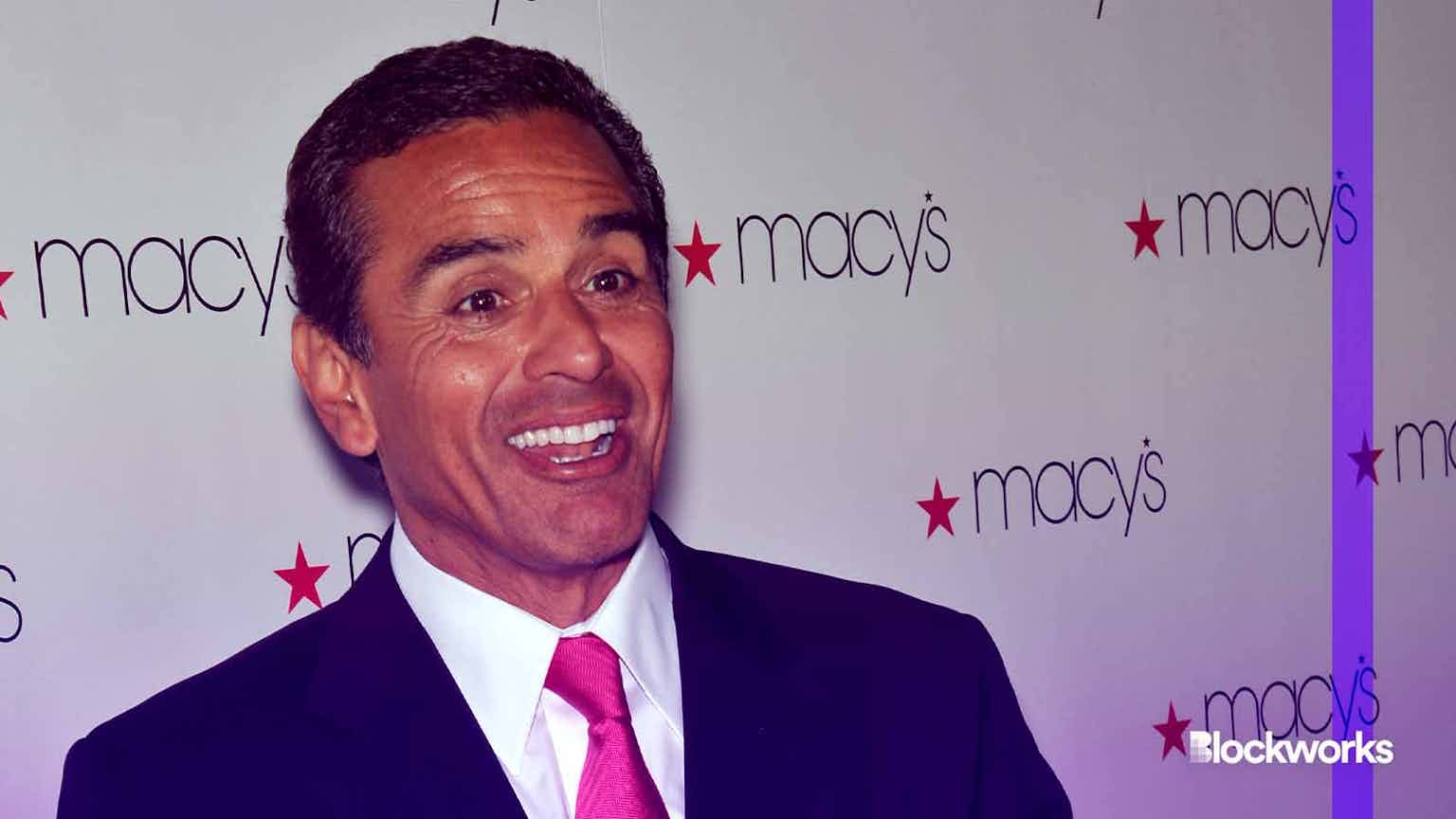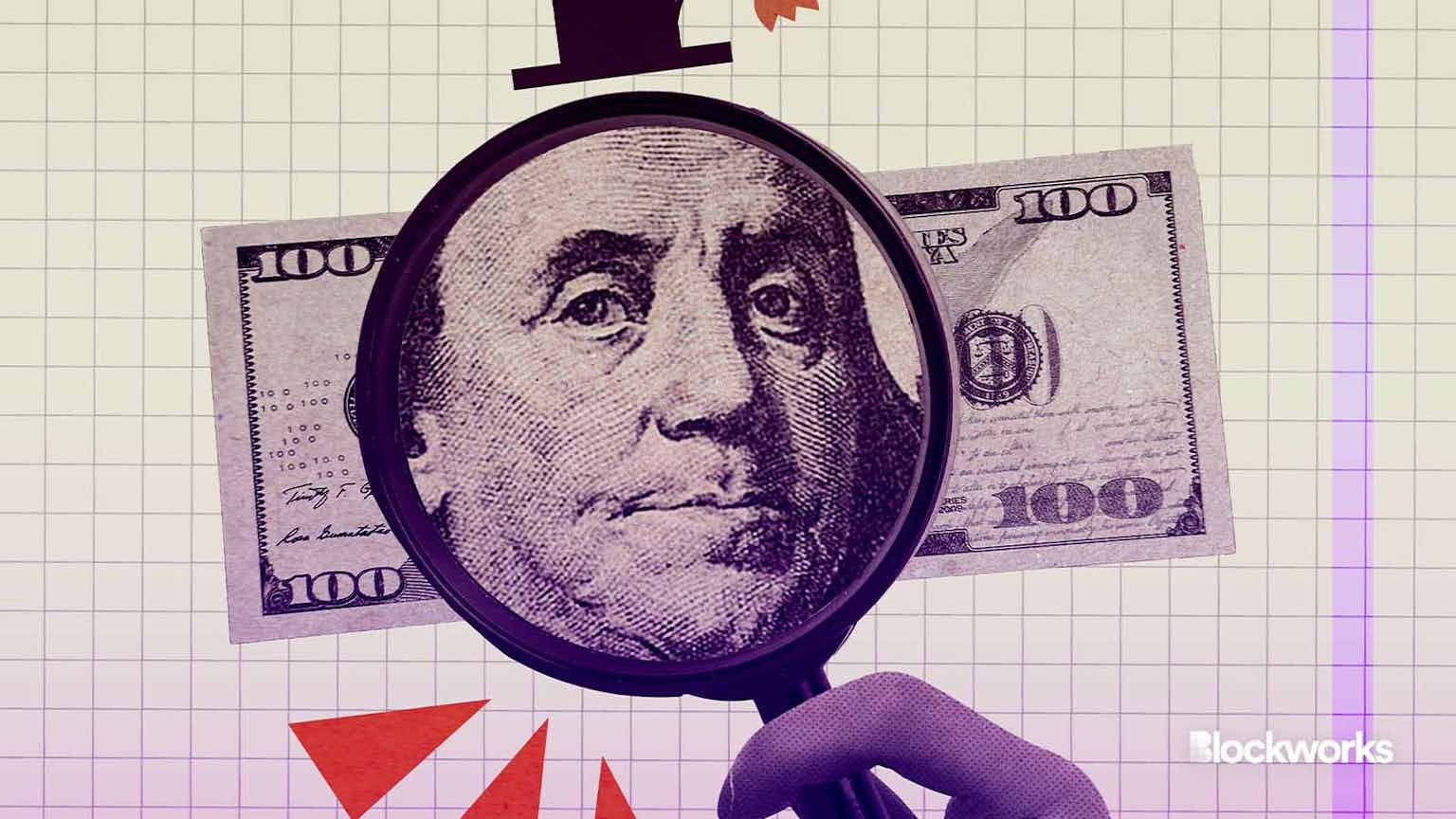Points farming comes for Bitcoin as Merlin becomes 9th-largest chain
The Merlin Chain Bitcoin layer-2 grew by roughly 2,000% in the past month

Merlin Chain and Adobe Stock modified by Blockworks
No blockchain ecosystem is seemingly safe from speculative points farming, and the trend has now come to Bitcoin.
Less than a month ago, Merlin was an also-ran in terms of assets held in Bitcoin sidechains and layer-2s. But after seeing roughly 2,000% growth over the past 30 days, Merlin has over $1 billion in total value locked (TVL), making it far and away the largest Bitcoin sidechain, per DeFiLlama, and more than three times as large as the payments-focused Lightning Network.
Merlin is now technically the ninth-most capitalized blockchain, with more TVL than established layer-1s like Avalanche and Polygon, DeFiLlama data suggests.
More than half of Merlin’s $1 billion is held in Solv Finance, a protocol that allows users to deposit wrapped bitcoin and receive “Solv Points” in return. Solv and Merlin are running a promotion encouraging users to farm for points and tokens.
In crypto, points refer to valueless participation tallies that often determine allocations in future token airdrops. Following a string of recent airdrops that netted converted points to large sums of tokens related to Solana and EigenLayer, so-called points farming may have found its outlet in the Bitcoin ecosystem.
Read more: DeFi ‘points’ farming has reshaped the crypto investment landscape
Merlin also airdropped its native MERL token to users last week. The token has slumped nearly 40% since being listed on CoinGecko.
Merlin positions itself as a Bitcoin layer-2 solution, integrating zero-knowledge proofs with Bitcoin’s blockchain through Taproot. This integration allows the system to enhance transaction privacy and efficiency significantly.
However, unlike Ethereum zk rollups where proofs are verified on-chain, Merlin’s proofs are verified off-chain by a decentralized network of oracle nodes before being batched and submitted to Bitcoin’s blockchain through Taproot. This off-chain handling of data and proofs ensures scalability and security without loading the Bitcoin mainnet with excessive data.
It’s worth noting that many solutions called Bitcoin layer-2s, including the Lightning Network and various sidechains, often manage transactions by transferring assets between Bitcoin and independent yet interconnected blockchains. This is different from adding direct functionalities on top of Bitcoin’s existing infrastructure.
Merlin’s growth speaks to a broader trend in renewed interest surrounding speculative uses for bitcoin beyond just the asset’s price. Runes, an evolution of the Ordinal inscription concept, went live at the halving and have caused a spike in the network’s transaction fees. And venture capital, which had long been on the sidelines when it comes to Bitcoin, has started to flow into the ecosystem, Blockworks recently reported.
Read more: Bitcoin is suddenly cool again for VCs
There’s also a race alongside Merlin to draw liquidity to Bitcoin layer-2 solutions. A different Bitcoin layer-2, Stacks, just pulled off its Nakamoto upgrade in an attempt to make its product faster and more reliable.
Start your day with top crypto insights from David Canellis and Katherine Ross. Subscribe to the Empire newsletter.





